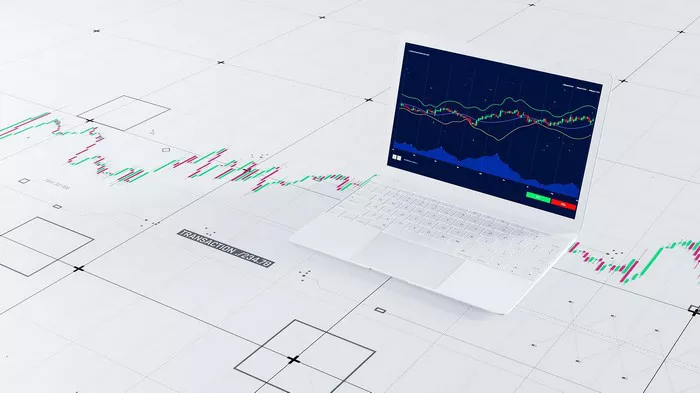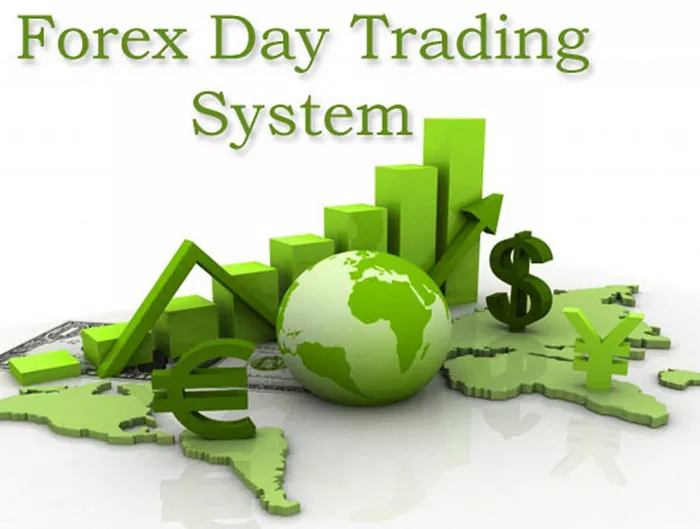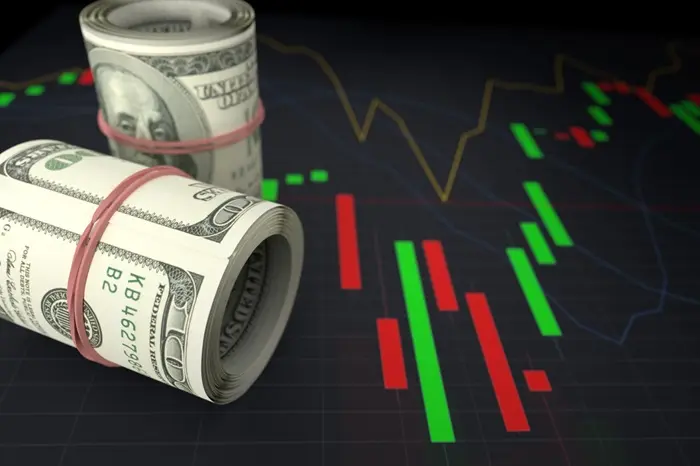Foreign exchange trading (Forex), often referred to as FX trading, has become one of the most popular forms of investment and trading in the world. With a daily trading volume of over $6 trillion, the Forex market is the largest and most liquid market in the world. The concept of currency trading can seem daunting to many, but with the right knowledge and approach, anyone can successfully start Forex trading. This article will walk you through the basics and strategies of Forex trading, helping you understand how to trade Forex and how to start your journey in this lucrative market.
What is Forex trading?
Forex trading is the buying and selling of currencies with the goal of profiting from price fluctuations in the foreign exchange market. Unlike the stock market where you buy and sell company shares, in Forex trading you are exchanging one currency for another.
For example, if you buy the Euro (EUR) and sell the US Dollar (USD), you are betting that the value of the Euro will rise relative to the US Dollar. If the Euro strengthens, you can sell it back for a profit.
How Forex Trading Works
Forex trading is based on currency pairs. When you trade forex, you are always buying one currency while selling another. Currency pairs are typically divided into three categories:
Major pairs: These pairs include the most traded currencies in the world, such as the EUR/USD, GBP/USD, and USD/JPY.
Minor pairs: These pairs involve less commonly traded currencies, like the EUR/GBP and AUD/JPY.
Exotic pairs: These pairs involve a currency from an emerging or smaller economy, such as USD/TRY or EUR/ZAR.
The price of a currency pair is determined by the relative value of one currency against the other. If you believe the first currency will rise in value against the second, you would buy the pair; if you believe it will fall, you would sell.
Steps to Get Started with Forex Trading
1. Understand the Basics of Currency Pairs
Before diving into trading, it’s essential to understand how currency pairs work. In a currency pair like EUR/USD, the EUR (Euro) is the base currency, and the USD (U.S. Dollar) is the quote currency. The price of the pair indicates how much of the quote currency is needed to buy one unit of the base currency.
For example, if the EUR/USD pair is trading at 1.2000, it means that 1 Euro equals 1.20 U.S. Dollars. If the price rises to 1.2500, the Euro has gained in value relative to the U.S. Dollar.
2. Choose a Reliable Forex Broker
A reliable and trustworthy broker is crucial for successful forex trading. When selecting a broker, consider the following factors:
Regulation: Ensure the broker is regulated by reputable authorities, such as the Financial Conduct Authority (FCA) or the U.S. Commodity Futures Trading Commission (CFTC).
Trading platforms: Look for brokers that offer popular trading platforms like MetaTrader 4 (MT4) or MetaTrader 5 (MT5).
Spreads and fees: Compare the spreads (the difference between the bid and ask price) and fees that brokers charge for executing trades.
Leverage: Forex brokers often offer leverage, allowing you to control a larger position than your initial investment. However, higher leverage comes with greater risk, so use it cautiously.
3. Learn to Analyze the Market
There are two main types of analysis that forex traders use to make trading decisions: fundamental analysis and technical analysis.
Fundamental Analysis
Fundamental analysis involves studying economic indicators, geopolitical events, and news that could affect the value of currencies. Some key factors to consider include:
Interest rates: Central banks set interest rates, which can influence the strength of a currency. Higher interest rates often attract foreign investment, leading to a stronger currency.
Economic data: Reports such as GDP growth, employment numbers, and inflation can give you insights into a country’s economic health and currency strength.
Geopolitical events: Events like elections, trade agreements, and wars can cause volatility in currency prices.
Technical Analysis
Technical analysis involves studying historical price movements and using various tools, such as charts, patterns, and indicators, to predict future price movements. Common tools used in technical analysis include:
Moving averages: These help smooth out price data to identify trends over a specific period.
RSI (Relative Strength Index): RSI measures the strength of a currency’s price movement and helps identify whether it is overbought or oversold.
Support and resistance levels: These are price levels where a currency tends to reverse direction or consolidate.
4. Create a Trading Plan
Having a solid trading plan is essential for managing risk and maximizing profitability. Your trading plan should include:
Risk management: Decide how much capital you are willing to risk on each trade. Many professional traders risk only a small percentage (usually 1% to 2%) of their trading capital per trade.
Trading strategy: Choose a strategy based on your analysis and goals. This could include day trading, swing trading, or scalping.
Goals and expectations: Set realistic goals for profitability and be patient with your trades. Forex trading requires time and discipline.
5. Practice with a Demo Account
Before investing real money, it is best to practice with a demo account. A demo account allows you to trade with virtual funds, giving you the opportunity to familiarize yourself with the trading platform, test strategies, and improve your trading skills without the risk of actual losses.
6. Manage Emotions
Forex trading can be emotionally challenging, especially when you experience losses or when the market is unexpectedly volatile. It is crucial to stay calm and avoid emotional decisions. Stick to your trading plan and remember that consistency is the key to long-term success.
Strategies for Successful Forex Trading
1. Day Trading
Day trading refers to buying and selling currency pairs within the same trading day. The goal is to profit from short-term price fluctuations. Day traders rely heavily on technical analysis and often use charts, patterns, and indicators to identify opportunities.
2. Swing Trading
Swing trading is a medium-term strategy where traders hold positions for days or weeks. Swing traders look for price fluctuations or trends to profit. This strategy requires a deep understanding of technical and fundamental analysis to predict market movements.
3. Scalping
Scalping is a strategy of making multiple trades in a short period of time to capture small price movements. Scalpers often use very short timeframes, such as one-minute or five-minute charts, and rely on high leverage to magnify small profits.
4. Trend Following
Trend following involves identifying market direction and taking trades in the direction of the current trend. This strategy works well in markets where trends are strong and ongoing, and often requires the use of moving averages and trendlines to identify entry points.
5. Carry Trading
Carry trading involves borrowing a low-interest currency and investing it in a high-interest currency. The goal is to profit from the difference in interest rates, known as the “carry.” This strategy works best in stable, low-volatility markets.
Risk Management in Forex Trading
Managing risk is one of the most important aspects of successful forex trading. Here are some key risk management techniques:
Use stop-loss orders: A stop-loss order automatically closes a trade if the price moves against you by a certain amount. This helps limit your losses.
Set realistic targets: Don’t aim for overly ambitious profit targets. Set reasonable goals based on your risk tolerance and trading strategy.
Diversify your trades: Avoid putting all your capital into a single trade. Diversifying across different currency pairs can reduce risk and improve your chances of success.
Limit leverage: While leverage can amplify profits, it can also increase losses. Use leverage wisely and ensure you fully understand the risks involved.
Conclusion
Forex trading offers great profit opportunities, but it also comes with great risks. By following the steps outlined in this guide, learning to analyze the market, developing a solid trading plan, and practicing sound risk management, you can improve your chances of success in the forex market.
Remember that becoming a successful forex trader takes time, patience, and discipline. Keep learning, adapt to changing market conditions, and always trade with caution. Over time, with the right strategy and mindset, you can navigate the forex market and turn it into a profitable career.
Related topics:






























